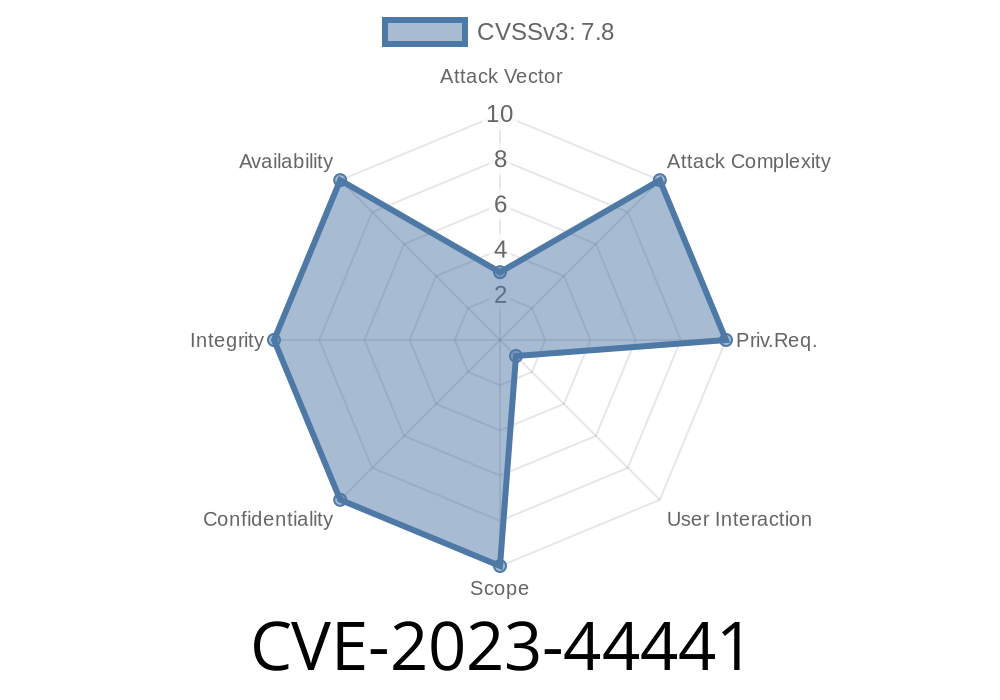A new vulnerability, known as CVE-2023-44441, has been discovered in the popular GNU Image Manipulation Program (GIMP). This vulnerability allows remote attackers to execute arbitrary code on affected GIMP installations through a buffer overflow. User interaction is required to exploit this vulnerability, such as visiting a malicious page or opening a malicious file. In this post, we will dive into the details of this vulnerability and explain how attackers can exploit it.
Vulnerability Details
The vulnerability lies within GIMP's parsing of DirectDraw Surface (DDS) files. DDS is a raster image file format commonly used for storing textures and sprites in video game engines. The issue arises due to GIMP not properly validating the length of user-supplied data before copying it to a heap-based buffer. As a result, an attacker can leverage this vulnerability to execute code within the context of the current process.
Exploit Details
An attacker must first craft a malicious DDS file with a data payload that contains executable code. The next step is to trick the target user into visiting a malicious webpage or opening the malicious DDS file. Once the user interacts with the file, the heap-based buffer overflow occurs, resulting in the execution of the malicious code.
To put it in perspective, here's a simple code snippet that demonstrates the lack of proper validation in the GIMP DDS file parser:
// Vulnerable code snippet
void parseDDSFile(char *data, int data_length) {
char buffer[256];
// No validation of data_length before memcpy
memcpy(buffer, data, data_length);
}
A possible fix for the vulnerability would involve validating the data_length before copying it
// Fixed code snippet
void parseDDSFile(char *data, int data_length) {
char buffer[256];
// Validate data_length before memcpy
if (data_length <= sizeof(buffer)) {
memcpy(buffer, data, data_length);
}
}
This vulnerability was previously identified as ZDI-CAN-22093 and has now been assigned CVE-2023-44441. For more information about CVEs and the assignment process, refer to the National Vulnerability Database.
Mitigation Measures
To protect yourself from this vulnerability, users should exercise caution when downloading or opening DDS files from untrusted sources. Additionally, maintain updated antivirus software, which can help detect and block threats associated with malicious files.
Furthermore, it is crucial for GIMP developers to release a security patch to mitigate this vulnerability. Users should apply the security patch as soon as it becomes available to prevent exploitation.
Conclusion
The GIMP DDS file parsing heap-based buffer overflow vulnerability (CVE-2023-44441) is a serious security risk for users of the GIMP software. By understanding the specifics of the vulnerability and implementing mitigation measures, both developers and users can work together to reduce the risk of exploitation.
It is essential to stay up-to-date with software security patches and practice safe browsing habits. Ensuring a secure environment reduces the likelihood of successful attacks and keeps your data protected.
Timeline
Published on: 05/03/2024 03:15:59 UTC
Last modified on: 06/05/2024 15:19:40 UTC
